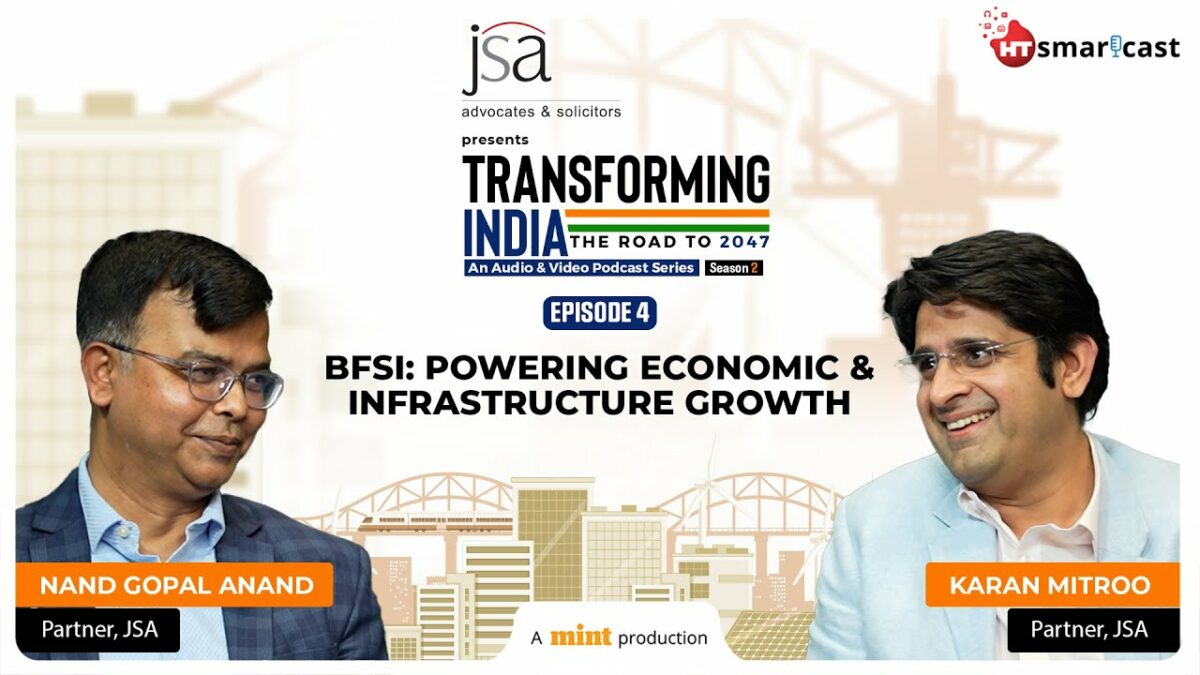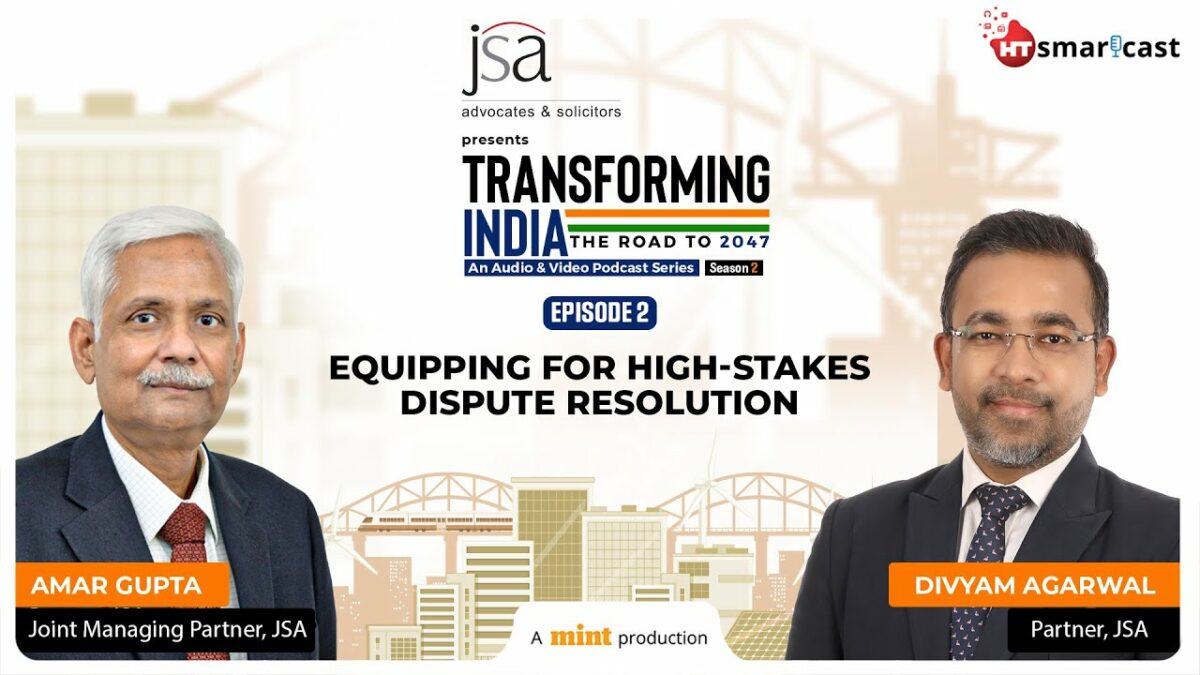Tune into this episode of our podcast series featuring our Partner, Prakriti Jaiswal, as we explore the regulatory and compliance landscape in the Indian healthcare sector. From FDI regulations in pharma to quality standards and pricing challenges, this episode offers key insights into the hurdles and opportunities faced by the industry.
Watch now to stay informed about India’s evolving healthcare sector!
Transcript:
Hello and welcome to the first episode of our podcast series aimed at exploring the regulatory and compliance aspects of the Indian healthcare sector.
As we know – India stands as one of the world’s largest producers and exporters of generic medicines, playing a pivotal role in the global pharma supply chain, valued at around 50 billion dollars.
Foreign Direct Investment in India’s pharmaceutical sector has always been a topic of significant importance, given the industry’s role in global healthcare. The Indian government has been gradually liberalizing FDI in this sector, but there are still certain restrictions and conditions that companies must navigate. 100% FDI is allowed in the greenfield pharmaceutical entities/ projects through the automatic route. For brownfield pharmaceuticals entities or projects, while 100% FDI is allowed, however only 74% is allowed under the automatic route. For FDI investment beyond 74%, government approval is required. Non-compete condition with the existing shareholders is not allowed barring special circumstances at the discretion of the government. Further, in such cases, the government approval may also incorporate additional conditions.
Despite the sector’s growth, regulatory and compliance challenges can be a hurdle. Stringent registration requirements and extensive documentation are common pain points. To improve the business environment, extending the validity of licenses and reducing documentation requirements could be beneficial.
Another area for improvement is the labelling requirements. While Indian labelling standards are robust, they don’t fully align with international standards like those from ISO, which promote global harmonization and market access. Adopting ISO standards into Indian labelling practices could boost international competitiveness and operational efficiency while ensuring compliance with local regulations.
Moving to the pricing – the Drug Price Control Order plays a crucial role in making essential medicines affordable in India. While it has positive impacts on public health by ensuring access to necessary drugs, it also presents challenges for pharma companies, including pricing pressure and potential impacts on innovation. Balancing affordability with the needs of a dynamic and growing pharma industry remains a critical challenge for policymakers.
Lastly moving to the quality standards – the implementation of revised Good Manufacturing Practices has been essential. It has led to a significant enhancement in the quality of drugs manufactured in India.
In conclusion, while the FDI landscape in the Indian pharmaceutical sector has become more liberalized over the years, companies must still navigate a complex web of regulations to operate effectively. Thanks for tuning in. In the upcoming episodes, we will dive deeper into other pressing issues in the healthcare sector.














Prakriti specialises in mergers & cross border investments & acquisitions and private equity transactions. Her experience includes rendering advisory and structuring services on a variety of transactions including acquisitions of shares & business, private equity investments, joint ventures and corporate advisory.